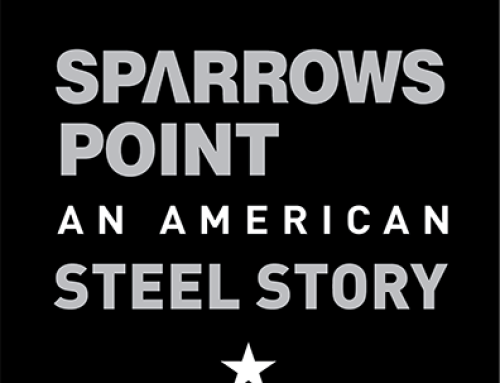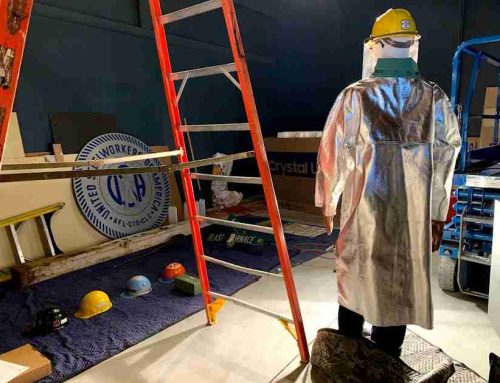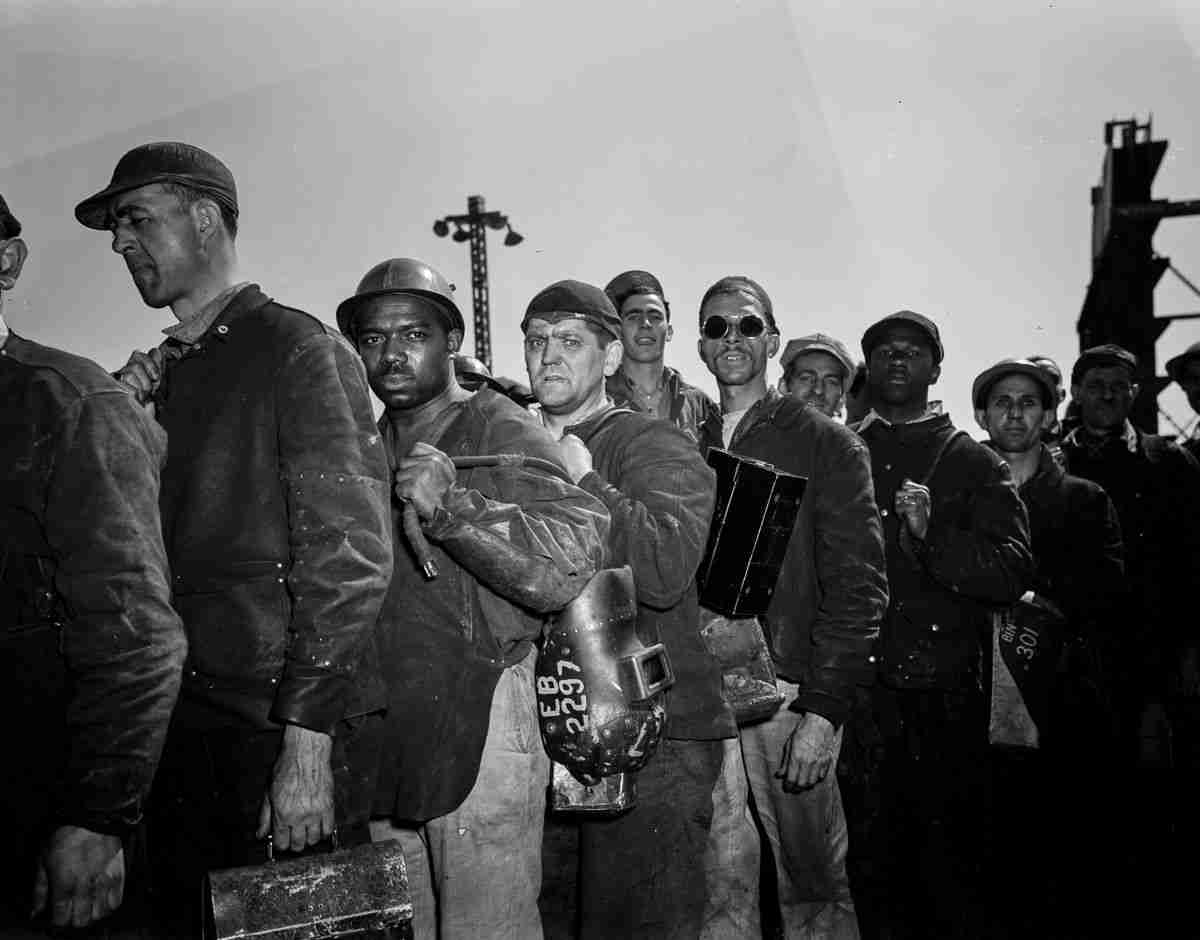
by Joseph Abel
Shortly after noon on September 7, 1942, some 20,000 workers and guests gathered alongside Way 12 at Bethlehem Steel’s Fairfield 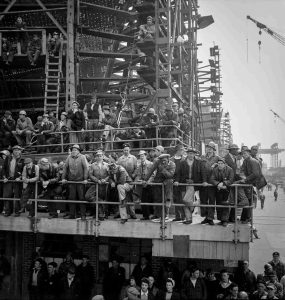
Though it was little more than a year old at the time of the John W. Brown’s launch, the Fairfield shipyard had already distinguished itself. The origins of the yard could be found in the United States Maritime Commission’s emergency shipbuilding program of January 1941. With the Battle of the Atlantic raging, the Commission wanted to build a massive commercial armada to replace the dozens of vessels that were being sunk each week by German U-boats. The Fairfield yard was one of several new emergency shipyards scattered along the nation’s coasts that was tasked with constructing this so-called “Liberty Fleet.”
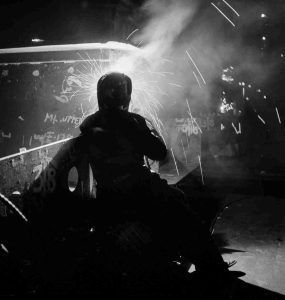
Under the supervision of general manager Jack Willis, Fairfield quickly became an industrial dynamo. In April 1941, workers had already laid down the first keel, seemingly oblivious to the fact that the yard was still going up around them. Five months later, President Franklin D. Roosevelt gave a national radio address celebrating Fairfield’s launch of the S.S. Patrick Henry, the first Liberty ship built in the United States. During the following months, production at the yard skyrocketed, improving from 245 days for the Patrick Henry to 54 days for the John W. Brown. By the time the yard reached peak production in 1943, average construction time for a new Liberty ship at Fairfield was approximately 30 days.
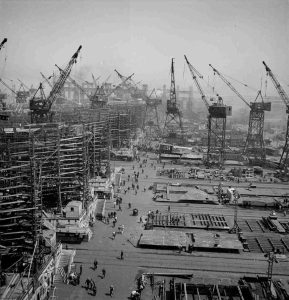
In the end, proof of Fairfield’s contribution to the war effort is a matter of numbers. Between 1941 and 1945, the Fairfield yard built a total of 384 Liberty ships, more than any other shipyard in the nation. The yard also churned out 94 Victory ships—the larger, faster cousin to the Liberty ships—and 45 LSTs (Landing Ship-Tank), making it one of America’s most productive wartime shipyards. Taken together, these vessels were part of a massive “bridge of ships” that connected the farms and factories of the United States to the battlefields of Europe and Asia. Without Fairfield and the many other industrial facilities that waged the battle of production on the homefront, World War II could not have been won.
Author Bio:
Joseph Abel is the BMI’s Research Historian and acting curator. He has also volunteered onboard the S.S. John W. Brown Liberty ship.
